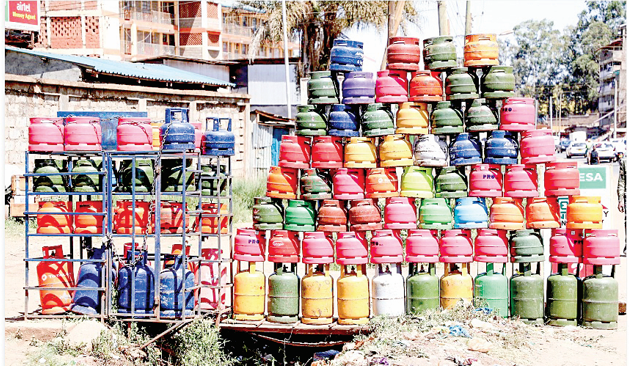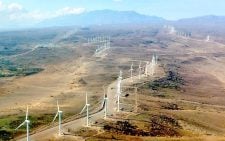Africa’s Ksh5T energy fund set to fuel LPG growth in Kenya

Kenya’s clean energy transition is gathering momentum, fuelled by a continental push to redefine how millions access safe and sustainable cooking solutions.
This follows the launch of the landmark $40 billion Africa Energy Fund, at the Mission 300 Africa Energy Summit in Dar es Salaam, intended to provide 300 million people across the continent with cleaner, more reliable energy by 2030.
This ambitious fund, backed by $22 billion from the World Bank and $18.2 billion from the African Development Bank, with additional support from the Islamic Development Bank and the OPEC Fund, signals a turning point in the journey toward energy equity.
These developments come at a time when Kenya is already upscaling progress in clean cooking adoption.
According to recent data from the Energy and Petroleum Regulatory Authority (Epra), demand for Liquefied Petroleum Gas (LPG) surged by 13.38 per cent to 219,416 tonnes in the second half of 2024, up from 193,515 tonnes during a similar period the previous year.
This uptick reflects a growing appetite for clean energy alternatives, driven by both consumer awareness and strategic government intervention.
Epra Director General Daniel Kiptoo attributes this growth to national initiatives such as the LPG growth strategy and increased public-private sector collaboration aimed at making clean cooking accessible.
Kenya is pushing toward universal access to clean cooking by 2028 through a multi-pronged approach that includes LPG expansion, electric cooking, and bioethanol adoption. These efforts are backed by targeted subsidies, infrastructure investment, and a robust licensing regime that supports the safe and regulated distribution of LPG.
Between July and December 2024, the regulator issued 465 licenses to LPG cylinder retailers, 161 for cylinder transporters, and 113 for bulk road transporters. This surge mirrors the sector’s vibrancy and the government’s commitment to facilitating safe, scalable access to cleaner fuels.
The private sector, too, has taken on a central role, responding to demand with increased investment and innovation. As electricity-powered energy solutions remain costly for many households, LPG continues to fill the gap as a cleaner, more accessible option, particularly in urban and peri-urban settings.
Accelerate adoption
Part of Kenya’s strategy includes leveraging private sector muscle to distribute six-kilogramme LPG cylinders—often considered the most affordable and popular option for households. The government aims to distribute at least 9.6 million cylinders to low-income homes through licensed oil marketing companies, helping to reduce upfront costs for consumers and accelerate adoption.
By capitalising businesses that serve bottom-of-the-pyramid customers, Kenya is crafting a model that combines affordability, convenience, and sustainability.
In Tanzania, clean cooking solutions are being integrated into the national electrification plan, forming part of a comprehensive energy transition strategy anchored by a dedicated National Clean Cooking Strategy. The country is already using local LPG to run vehicles in a cost cutting endeavour with the private sector benefiting thousands.
Ghana, on the other hand, has deployed a multi-pronged framework that promotes both LPG and efficient biomass stoves, improving affordability and supporting a healthier environment.
While LPG remains the dominant solution in Kenya, broader efforts like reducing indoor air pollution to decrease respiratory illnesses, the health case for clean energy is compelling.
Public awareness campaigns, combined with support for local manufacturing of stoves and alternative fuels, are laying the groundwork for a resilient, inclusive energy future. The Africa Energy Fund also promises potential to power industries, stimulate entrepreneurship, and create jobs.
With reliable, clean energy, communities can extend productive hours, schools can offer better learning environments, and women—often the primary cooks—can redirect time saved from fuel collection toward education or income-generating activities.














